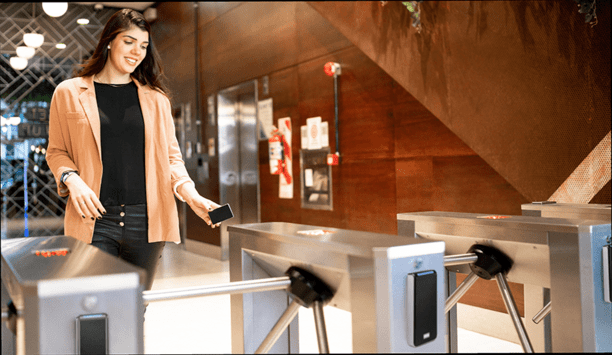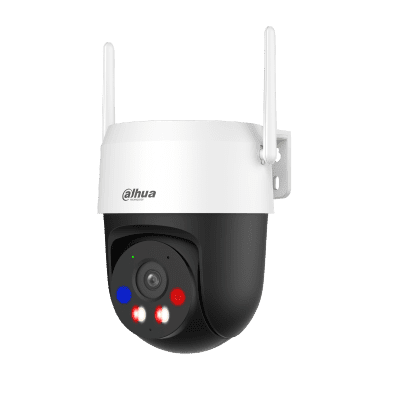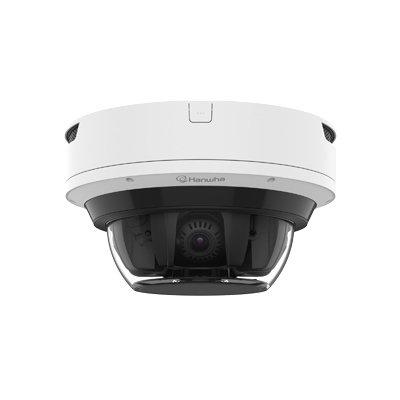Michigan State University (MSU) was founded over 150 years ago. Today, over 10,000 academic and support staff serve more than 50,000 students. MSU was ranked by Times Higher Education as one of the top 100 universities in the world, and the top 8% of universities in the United States. To continue its commitment to world-class education, the university decided it was time to modernise its communication capabilities.
MSU was relying on an outdated analog communication system that could no longer meet the demands of the organisation. The existing phone system was becoming too expensive to maintain and could not support the modern features that the organisation was interested in.
Michigan State University decided it was time to modernise to IP voice across their entire 5,200-acre campus. However, the university would first need to address key networking barriers and the environmental impact of upgrading the physical infrastructure.
Environmental stewardship
Michigan State University is committed to making the world a better place through innovation and research. Their AgBioResearch program has already made incredible advancements in food, health, and the environment. Research initiatives are focused on reducing food waste, creating resilient natural resource systems, and maximising food safety.
Change the conversation; improve the outcome
Using Modern LAN Principles, Michigan State University leveraged its existing voice infrastructure to support the IP solution
As Michigan State University planned its digital transformation, establishing the necessary network infrastructure became the toughest obstacle. The organisation discovered NVT Phybridge and was introduced to Modern LAN Principles.
Developed by Frost & Sullivan, Modern LAN Principles provide an enhancement on traditional network design philosophies to reduce cost, eliminate disruption, and ensure an environmentally responsible modernisation to IP and the Internet of Things.
Using Modern LAN Principles, Michigan State University discovered the opportunity to leverage their existing and proven voice infrastructure to support the new IP communication solution.
PoLRE® switch
Michigan State University engaged in a no-obligation proof-of-concept to test the solution in their environment. After a few simple setup steps, the PoLRE® switch transformed the existing single pair UTP infrastructure into an IP path with power; ensuring simple and secure point-to-point connections from endpoint to application.
The PoLRE switch extends Power over Ethernet (PoE) up to 1,200ft (365m) away from the application – 4 times farther than standard PoE switches – ensuring the university could connect the new IP phones exactly where they were needed.
MSU was impressed with the environmentally responsible solution, as they were able to:
- Prevent over 12 U.S. tons of cabling e-waste from ending up in a landfill
- Eliminate the need to install over 100 IDF closets thanks to the long reach capabilities of the solution, greatly reducing network complexity and ongoing energy consumption
A better return on investment
Michigan State University took a proactive approach to find new and better ways to support their IP modernisation objectives in a financially and socially responsible manner. By applying Modern LAN Principles and leveraging innovative switch technologies, the university was able to:
- Reduce infrastructure costs by more than $2 million
- Accelerate the deployment by avoiding years of re-cabling, IDF closet requirements, and construction work
- Deploy over 4,000 new IP phones with no disruption to staff and students
- Maintain a physically separate and cyber-secure network for IP voice that is simple to manage
- Find a no-compromise solution that eliminated project risk and complexity
Central monitoring
“Our older buildings did not have a communication room within 300ft of where we needed the new IP phones. PoLRE’s long reach capabilities allowed us to support the new IP phones exactly where we needed them while connecting each one back to a central location”, said Nicholas Kwiatkowski, Unified Communications Manager at Michigan State University.
“PoLRE allowed us to maintain our physically separate network for voice, ensuring our emergency communication system remains operational in the event of a power outage or other event.”



















